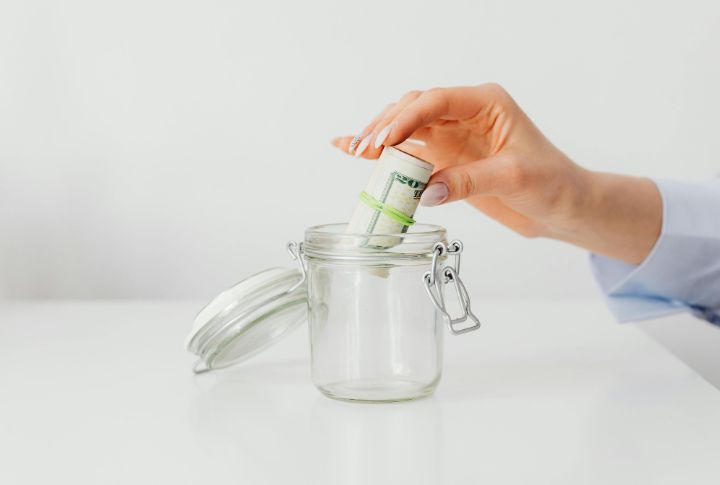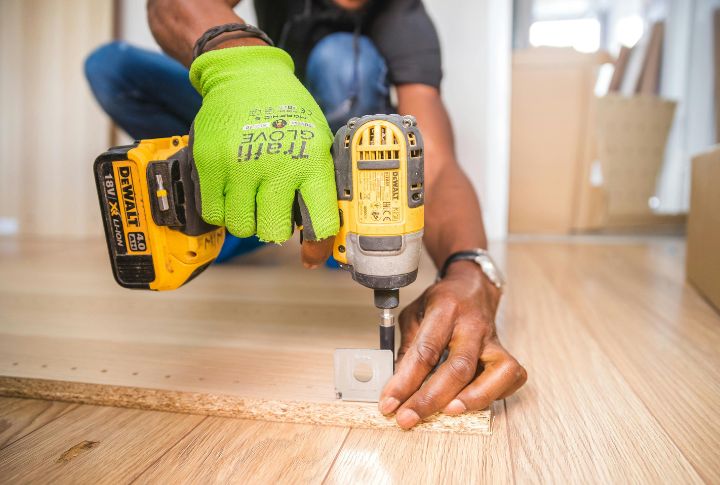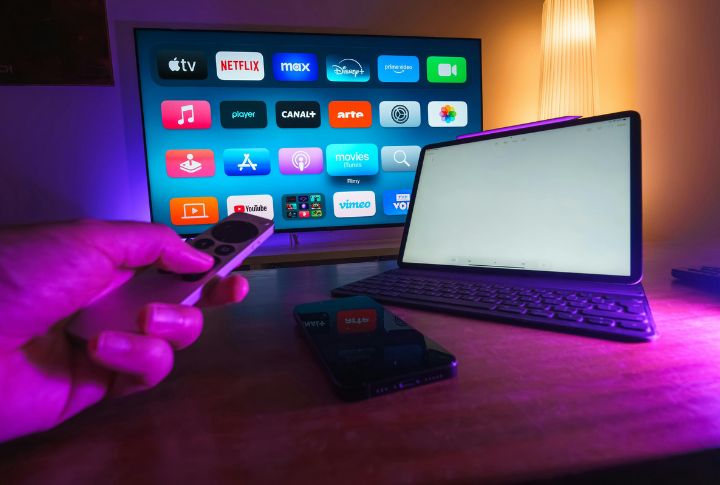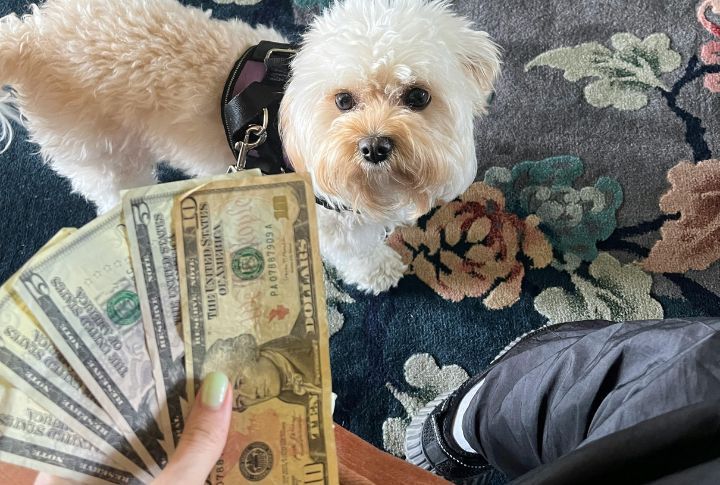
Saving money feels easier when it’s broken into smaller, purpose-driven goals instead of one overwhelming lump sum. By setting aside money in intentional ways, you create a system that cushions surprises while prioritizing the things that matter most. The trick is knowing where to start, and these ideas will show you how to build momentum. Let’s discuss ways to help you save money without making the process complicated.
Emergency Fund First

Life has a way of throwing curveballs, and an emergency fund is your financial helmet. A 3–6 month cushion means a broken fridge or sudden job loss won’t derail you. Label it “Peace of Mind,” and you’ll find saving becomes less of a chore and more of a comfort.
Treat Yourself Fund

Think of a treat fund as your personal happiness stash. By setting aside money in advance, you transform splurges into guilt-free rewards. Even small amounts can cover little joys, helping you stay financially balanced without missing out on the fun things that keep life exciting.
Travel Dreams Savings

Each deposit becomes fuel for the adventure you’ve been daydreaming about. Picture yourself wandering hiking along mountain trails, or sinking into a hammock by the ocean. Saving shifts from a chore to a countdown—every step bringing you closer to the getaway that feels entirely your own.
Holiday And Gift Savings

Nothing derails a budget faster than forgotten celebrations. A holiday and gift savings pot keeps those costs under control. With funds already set aside, the focus stays on laughter, cake, and memories. Generosity feels joyful because the planning is done, and no bills are waiting afterward.
Car Costs Compartment

The American Automobile Association estimates that repairs alone can reach about $1,452 a year for those driving 15,000 miles. By keeping a stash for auto costs, you avoid scrambling when bills hit. That preparation secures your car’s dependability while preventing other financial goals from being stalled or sacrificed.
Home Repair Reserve

Keeping money for household upkeep helps you avoid unwelcome surprises. Instead of draining emergency savings, this fund covers anything from small fixes to major repairs. According to Homeguide, annual costs average $4,000–$22,000, often 1–4% of a home’s value—proof that planning ahead is vital protection against expensive breakdowns.
Subscription And Annual Fees Savings

Annual charges like memberships, streaming services, or registrations can sneak up fast. Breaking these costs into monthly contributions prevents surprise withdrawals and overdrafts. When you spread your payments over the year, you keep your budget smooth and avoid scrambling when renewal notices arrive.
Big-Ticket Buy Bucket

That shiny new gadget or essential appliance doesn’t have to drain your wallet. As per PIRG reports, Americans spend an average of $1,480 yearly on electronics. A buy bucket helps spread the cost out. Saving in advance means those big purchases feel like wins, not setbacks, and they never bring surprise debt with them.
Health & Wellness Wallet

Health expenses often extend beyond insurance coverage, ranging from dental work and vision care to therapy sessions or fitness memberships. Create a dedicated savings stream to make these costs more straightforward to manage as they arise. Instead of postponing essential care, you’ll have the means ready to prioritize your well-being.
Pet Care Savings

Owning a pet comes with recurring expenses as well as unpredictable ones, such as emergency vet visits or medication. When you build a dedicated fund, it means you’re prepared for both routine and urgent needs. This way, your pet’s care is never compromised, and your broader budget stays intact.
